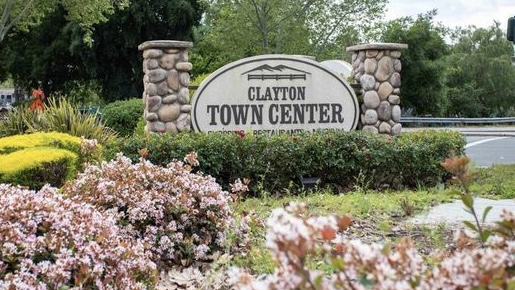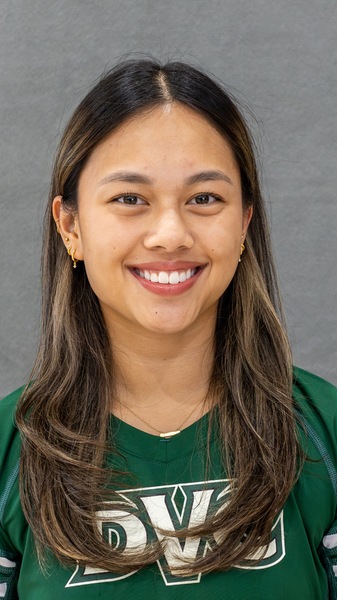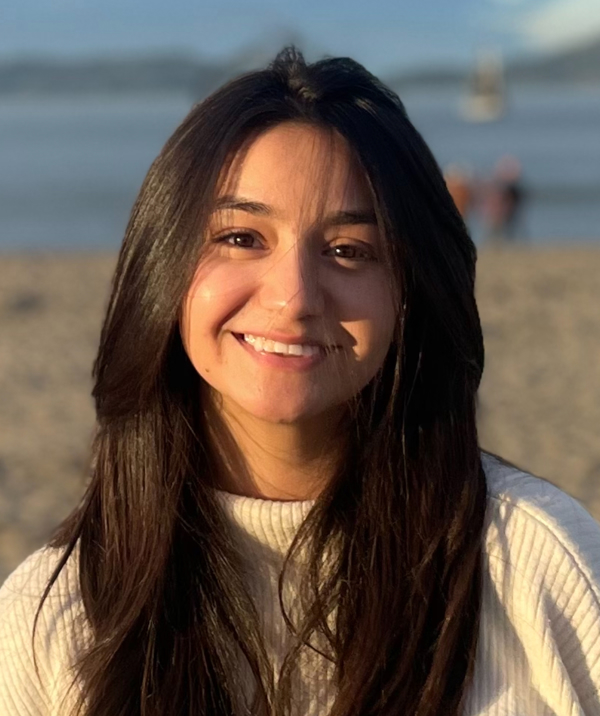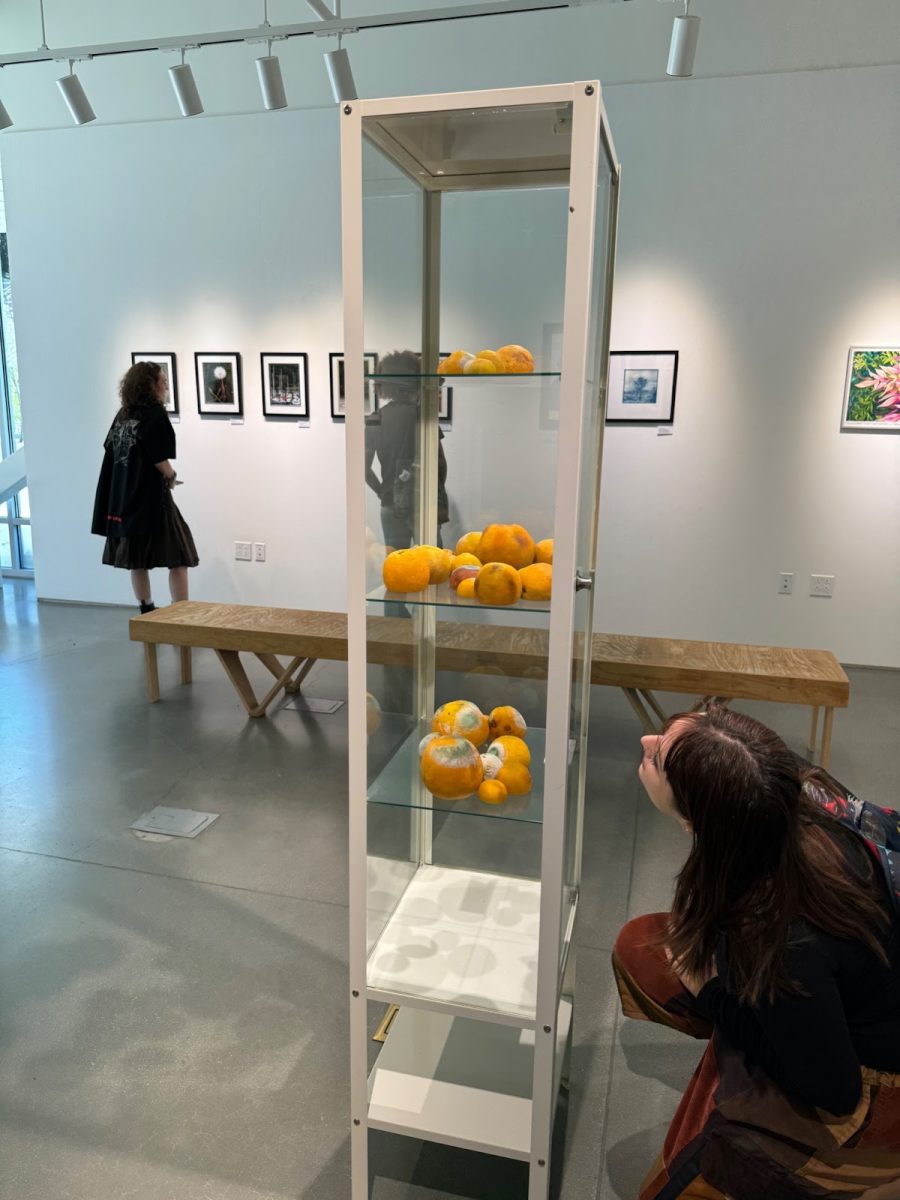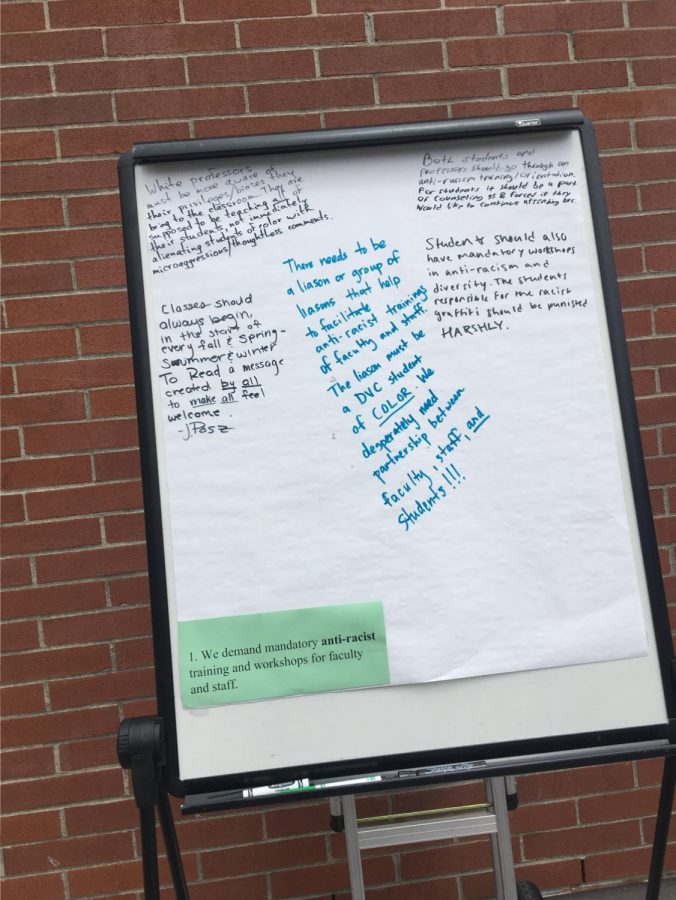Task Force Demands supported by DVC students
The Racial Task Force posted boards of sheet paper asking for students to add comments to the student demands brought forward in March. These boards were put in front of the Crow’s Nest and in the Commons on Monday, May 6. (Emma Hall/The Inquirer).
May 9, 2019
Racial Justice Task Force members held an event Monday, May 6 at Diablo Valley College during which they attempted getting feedback and suggestions straight from the students on the demands that rose after the appearance of the racial graffiti on campus.
These action teams were assembled on April 17 with students and faculty facilitating action on the student demands. The teams span from anti-racist training, starting an ethnic studies department, and creating a “feedback loop between students, staff, and administration on culture and climate,” according to Rosa Armendariz, dean of student engagement and equity.
“What we wanna hear from the students are some ideas on what can we do to fight racism on campus,” said NaTisha Hudson, a member of the feedback loop team.
She and other members of the task force were present near the Crow’s Nest and in the Commons area, to start a conversation about the task force’s work; answering the students’ demands and finding solutions to problems presented by students. The task force displayed written goals on a large piece of paper that encouraged students to add their own ideas — expanding on the mission already presented, while reflecting the work the task force has done.
The written input was anonymous, but students were encouraged to talk with members of the task force to explore their plans. An idea addressed the demand for “a complete and robust Ethnic Studies Department.” The student suggestion read, “more (professors) will teach ethnic studies.”
Another comment was reacting to the demand for “mandatory anti-racist training and workshops for faculty and staff.” The student who left it written on the sheet of paper dedicated to this demand wrote “White professors must be more aware of their privileges/biases they bring to the classroom. They are supposed to be teaching all of their students, not immediately alienating students of color with microaggressions/thoughtless comments.”
Overall transparency is also of concern to students who came to share their opinions; “Safety of students is a priority! We want to feel safe even if that means exposing what goes on campus to the outside community!” wrote one student, while another entry read “We, the students deserve to be told what is really happening on campus! I never received an email.”
Demands that came straight from the students play an important role in the work of the individuals who bring those demands to the administration.
“When we make recommendations to the college, we want to tell them, ‘this is what the students want,'” said Hudson.
It wasn’t easy for the members of the group working towards improving the environment of the campus to get students to express their opinions. Jessica Lucas, a member of the task force, handed out flyers in front of the DVC Bookstores and trying to send students over to the tables where the goals were displayed to get as many opinions and ideas as possible.
“For the most part, (the students) are being pretty receptive and taking the flyers,” said Lucas. However, students took the flyers but not many headed to the tables.
For those who looked at the demands, some had suggestions on what the task force could do or improvement ideas for future plans that they should include. Not all could come up with ideas of their own, but they still liked the overall idea.
“I support it,” said Alex Park, one of the students who came over to learn what the team has in store.



